-100℃ Battery Refers to a Special Battery That Can Work Or Maintain Some Performance under Extreme Low Temperature of about-100℃.
-100℃ battery "refers special batteries that can still work or maintain some performance under extremely low temperature (about-100℃), this kind of battery is usually used deep space exploration, polar scientific investigation, aerostat, outer space satellite, cryogenic military equipment and other extreme environments.
I. Classification of-100℃ batteries
1. Special Lithium primary battery (non-rechargeable)
this is the main type that can work reliably at-100℃.
Representative system:
-
li-SOCl lithium-thionyl chloride battery
-
operating temperature range:-80 ℃ ~ +150 ℃
-
optimized (NASA / Saft / Tadiran customized version) can reach-100 ℃
-
energy density: 400~700 Wh/kg
-
typical models: Tadiran TL-5930, Saft LS33600, etc.
-
Advantages: extremely high energy density, low self-discharge rate (& lt; 1%/year)
-
disadvantages: non-rechargeable. Discharge current is limited by temperature
-
li-SO lithium-sulfur dioxide battery
-
temperature Range:-80 ℃ ~ +60 ℃
-
military models are commonly used in extremely cold communication equipment
-
advantages: Low-temperature discharge performance is better than SOCl... system
-
disadvantages: the energy density is slightly lower, and the safety needs to prevent gas leakage.
2. Special lithium secondary battery (rechargeable)
low temperature charge and discharge is very difficult, currently through material modification and electrolyte optimization can realize-60 ℃ ~-80 ℃ operation, -100 ℃ still belongs to laboratory-level technology.
Representative system:
-
modified lithium metal battery (solid or semi-solid)
-
-
laboratory achievements (NASA, MIT, Tsinghua University, National Defense University, etc.) have been able to achieve limited discharge at-100℃
-
theoretical energy density:>400 Wh/kg
-
disadvantages: very few commercialization and limited cycle life
-
low temperature lithium iron phosphate system (LFP -100℃)
-
conventional LFP can only reach about-40 ℃
-
by adding ultra-low temperature electrolyte (such as ethyl butyrate + low temperature additives), graphite modified anode can be reduced to-60 ℃ ~-70 ℃
-
heating system assistance is required at-100℃ (internal heating film or self-heating BMS)
II. Key technical means
| technical Direction | function | example |
|---|---|---|
| ensure ion migration | use Ester/ether solvent mixture, add DFE, FEC, LiDFOB | |
| nanostructured electrode | reduce interface impedance | graphene, CNT, Nano Si anode |
| solid Electrolyte | avoid solvent solidification | liPON, LLZO, etc. |
| Self-heating system | quick heating before Startup | heating by BMS pulse or internal resistance |
| adiabatic package | reduce heat flow loss | multilayer aerogel + vacuum insulated construction |
III. Typical application fields
| Application direction | operating temperature | battery System | remarks |
|---|---|---|---|
| deep space probe (NASA Mars/eurpa) | -120 ℃ | Li-SOCl battery primary battery | multi-parallel structure |
| aerostat/stratosphere equipment | -80 ~-100 ℃ | Li-SOCl ''/Li-SO'' | with insulation system |
| arctic/Antarctic sensor | -70 ~-100 ℃ | li-SOCl... | With self-heating module |
| -60 ~-100 ℃ | Li-SO LEDs/Customized Lithium metal secondary battery | tactical Equipment |
IV. Domestic research and development progress (2024~2025)
-
institute of Physics, Chinese Academy of Sciences/Tsinghua University: developed that-100 ℃ can still discharge more than 30% of capacity high fluorine electrolyte solid lithium battery.
-
National University of Defense Technology/Aerospace fifth Academy: apply Li-SOCl system in sounding and low temperature power supply projects and develop intelligent heating + adiabatic battery pack the solution can be maintained at an external temperature of-100 ℃ and a temperature of cell>-40 ℃.
-
**Some military enterprises (such as aerospace era power supply and BYD special power supply division)** are developing a "self-heating lithium battery system" suitable for extremely cold unmanned equipment ".
Summary suggestions
| application target | recommended battery type | Commercially available |
|---|---|---|
| long-term low-temperature standby (sensor/detector) | li-SOCl battery primary battery | available |
| short-term rechargeable loop (experimental purpose) | low temperature solid lithium metal battery | experimental level |
| -100 ℃ environment operating equipment (continuous power supply) | li-SOCl + adiabatic + self-heating system combination | the engineering scheme can be realized |
 Dongguan Juneng New Energy Technology Co., Ltd.
Dongguan Juneng New Energy Technology Co., Ltd.
 137 5142 6524(Miss Gao)
137 5142 6524(Miss Gao)
 susiegao@power-ing.com
susiegao@power-ing.com
 Xinghuiyuan High tech Industrial Park, Dalang Town, Dongguan City, Guangdong Province
Xinghuiyuan High tech Industrial Park, Dalang Town, Dongguan City, Guangdong Province


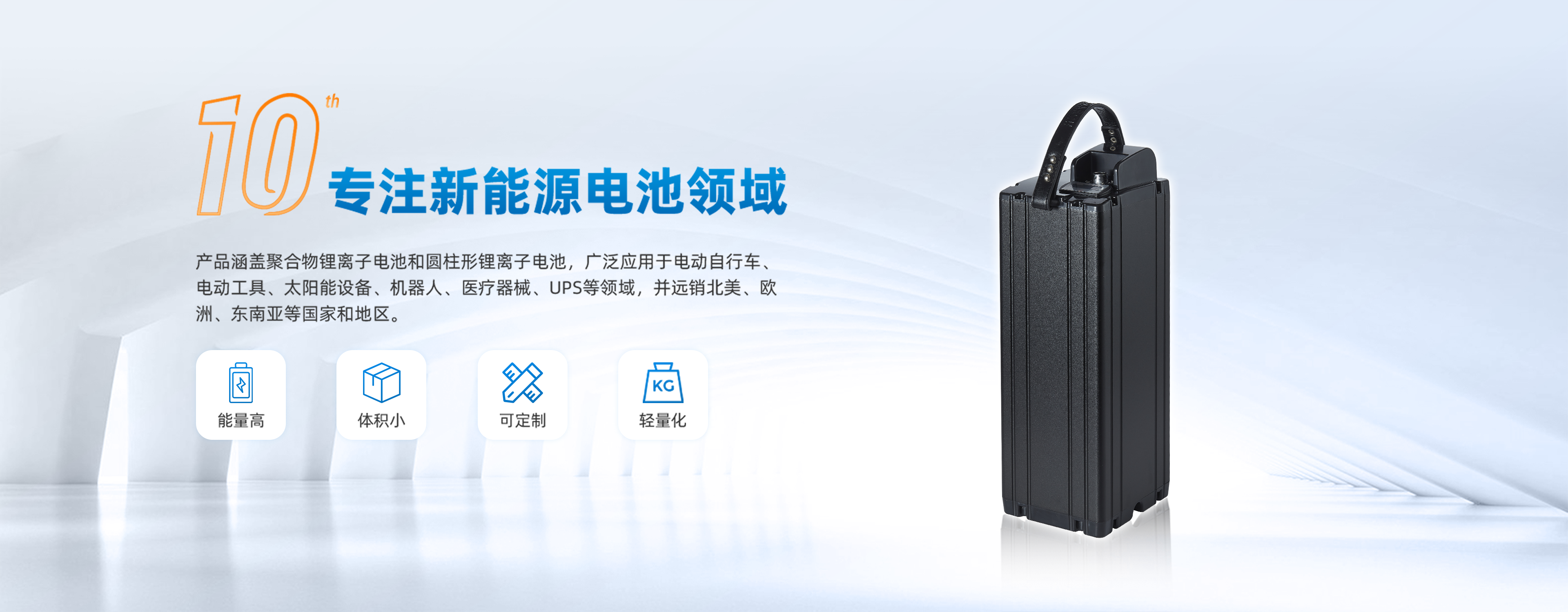
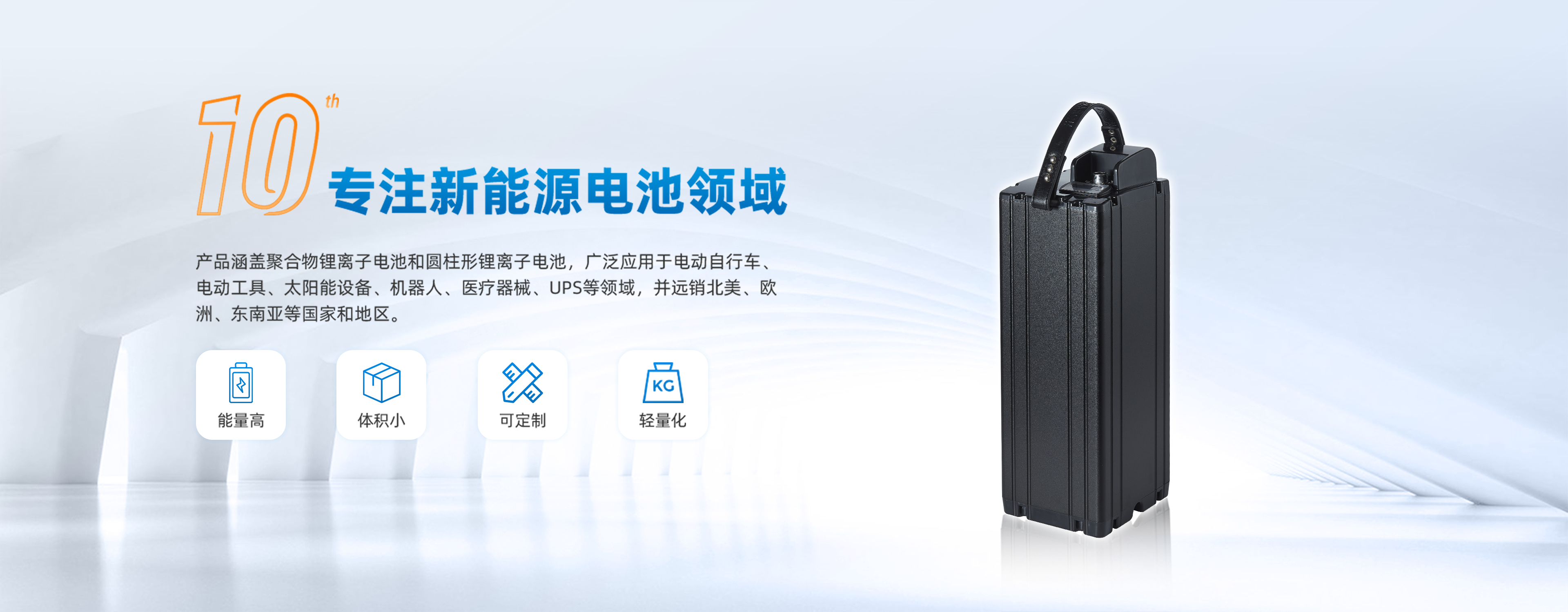
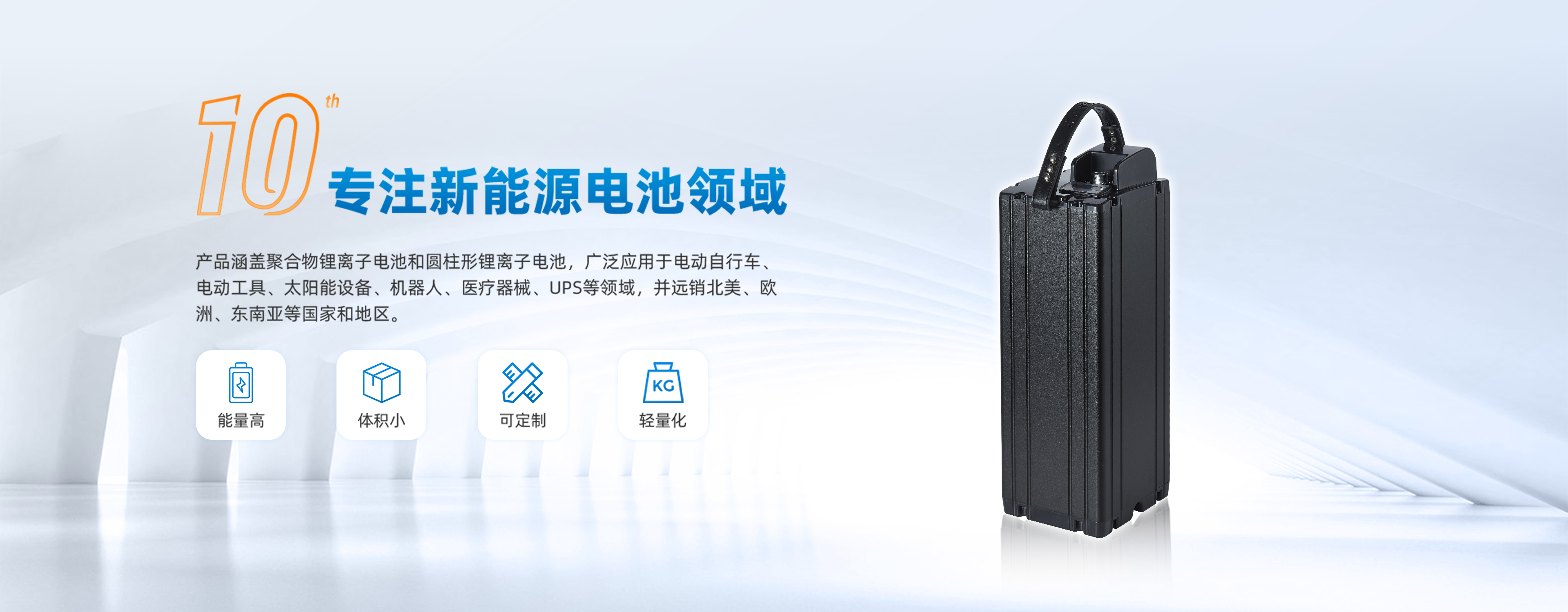

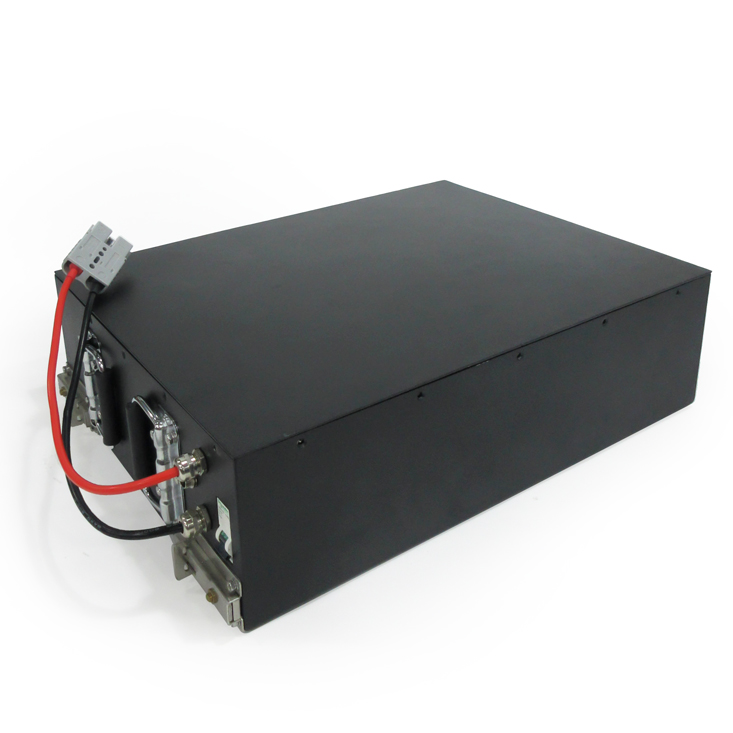
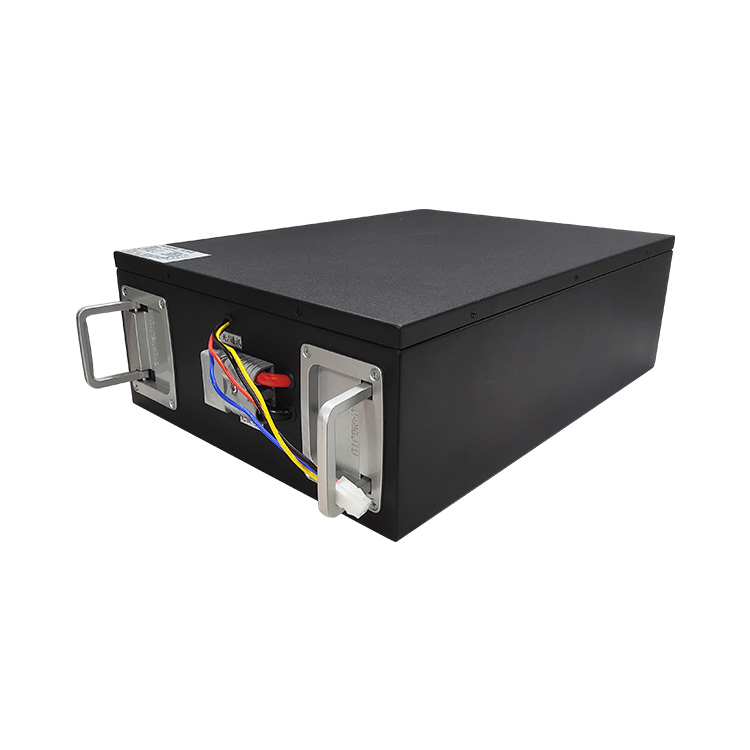
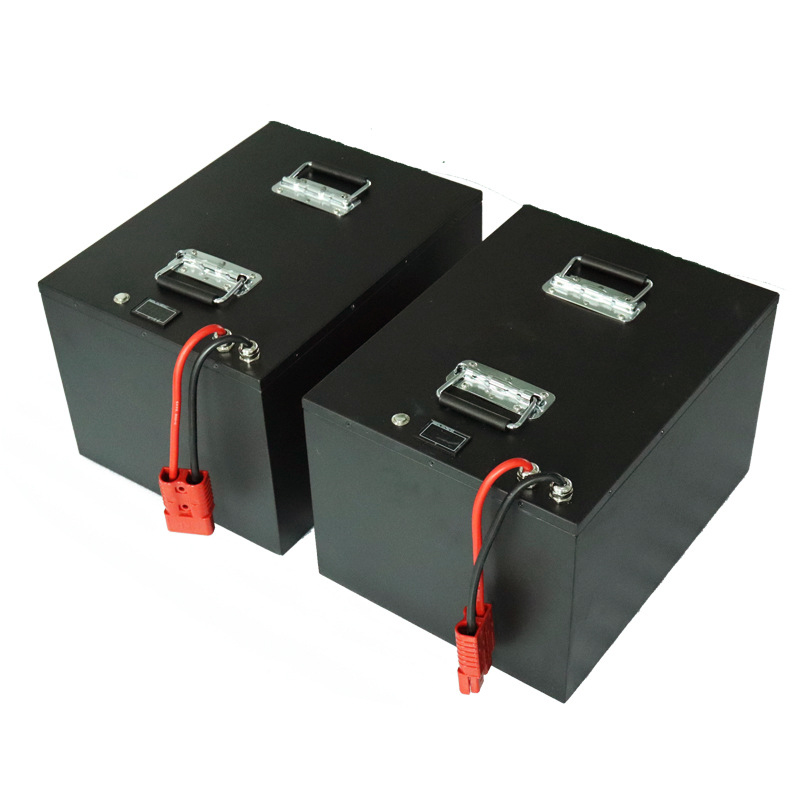

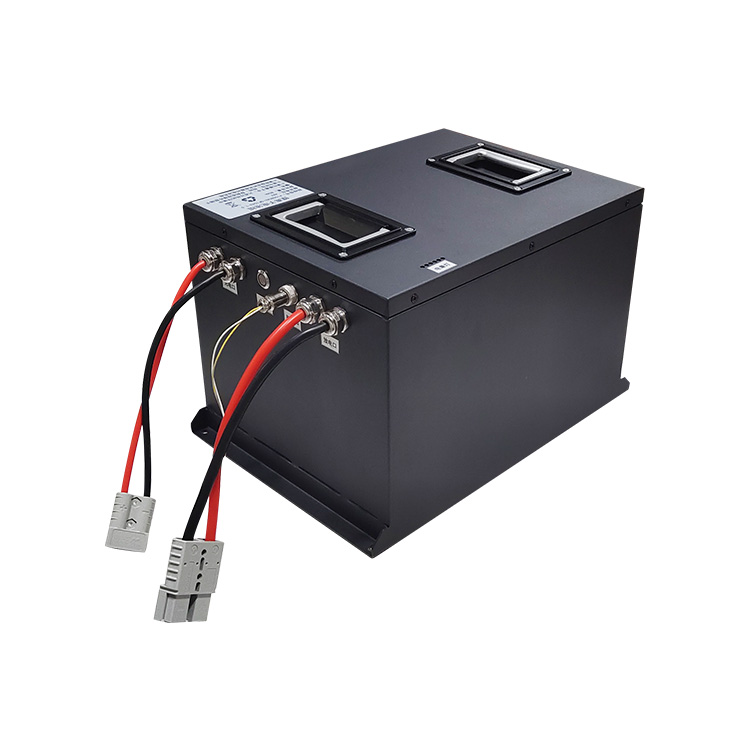
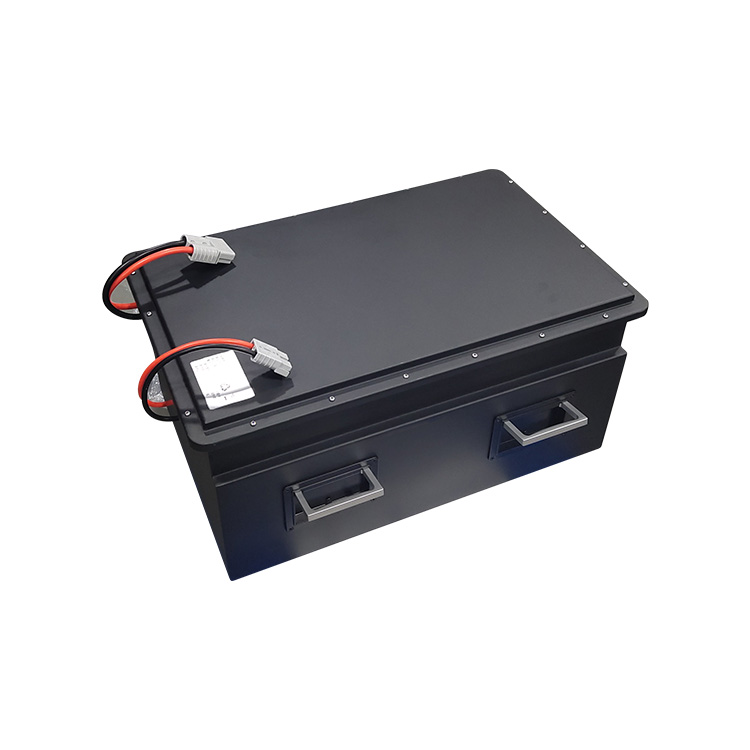

 Yue Gong Wang An Bei No. 4419002007491
Yue Gong Wang An Bei No. 4419002007491